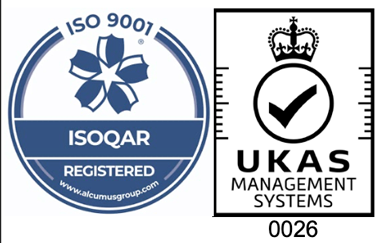Innovations in Neoprene Rubber
9th November, 2023
Over the decades Neoprene rubber has evolved and production has adapted to meet the ever-changing needs of various industries.
Neoprene rubber was originally developed as an oil-resistant alternative to natural rubber. Over the decades Neoprene rubber has evolved and production has adapted to meet the ever-changing needs of various industries. In this article we’ll discuss the advancements in Neoprene rubber over time, its standout characteristics and sustainability moving forward.
Advancements in Neoprene Over Time
Neoprene was the first synthetic rubber developed, and it was intended to be a synthetic substitute for natural rubber. Neoprene exhibited excellent resistance to oil, chemicals, and extreme temperatures. The 1950s and 1960s saw advancements in neoprene formulations, making it more versatile. It became available in different grades with varying hardness, resistance to chemicals, and flexibility.
The 1970s witnessed advancements in manufacturing processes, such as more efficient vulcanization methods. This improved the overall quality and performance of neoprene products.
In the latter part of the 20th century, concerns about the environmental impact of neoprene production led to research into more sustainable production methods and alternatives to neoprene. This included efforts to reduce the use of toxic chemicals in neoprene manufacturing.
In recent years, there has been a growing interest in developing neoprene rubber using bio-based feedstocks to reduce its environmental footprint. Researchers have explored alternative sources for the production of neoprene to make it more sustainable.
Efforts have also been made to improve the recyclability of neoprene products and reduce waste. This contributes to the broader goal of creating a circular economy for synthetic rubber materials.
Characteristics of Neoprene
Chemical resistance is a key feature of Neoprene rubber. Neoprene exhibits excellent resistance to a wide range of chemicals, oils, and solvents. It is particularly resistant to degradation from ozone and UV exposure.
Weather resistance is also a feature of Neoprene rubber. Neoprene is highly resistant to weathering, making it suitable for outdoor use. It maintains its flexibility and strength in both hot and cold environments.
Unlike natural rubber, Neoprene is resistant to oils and fats. Neoprene rubber resists swelling and damage when in contact with many oils and fats, making it a preferred material for gaskets, seals, and hoses used in the automotive and machinery industries.
Sustainability practices in neoprene
Choosing sustainable and responsibly sourced raw materials is the first step in promoting sustainability. Manufacturers may consider using alternatives to traditional petrochemical-based feedstocks, such as bio-based or recycled materials.
Neoprene production involves the use of various chemicals. Sustainability efforts focus on minimizing the use of hazardous or environmentally harmful chemicals and ensuring proper handling and disposal of chemicals.
Implementing closed-loop systems that recover and recycle materials, energy, and water within the production process can significantly reduce the environmental footprint of neoprene manufacturing.
To learn more about Aquaseal’s Neoprene Rubber products click here.


